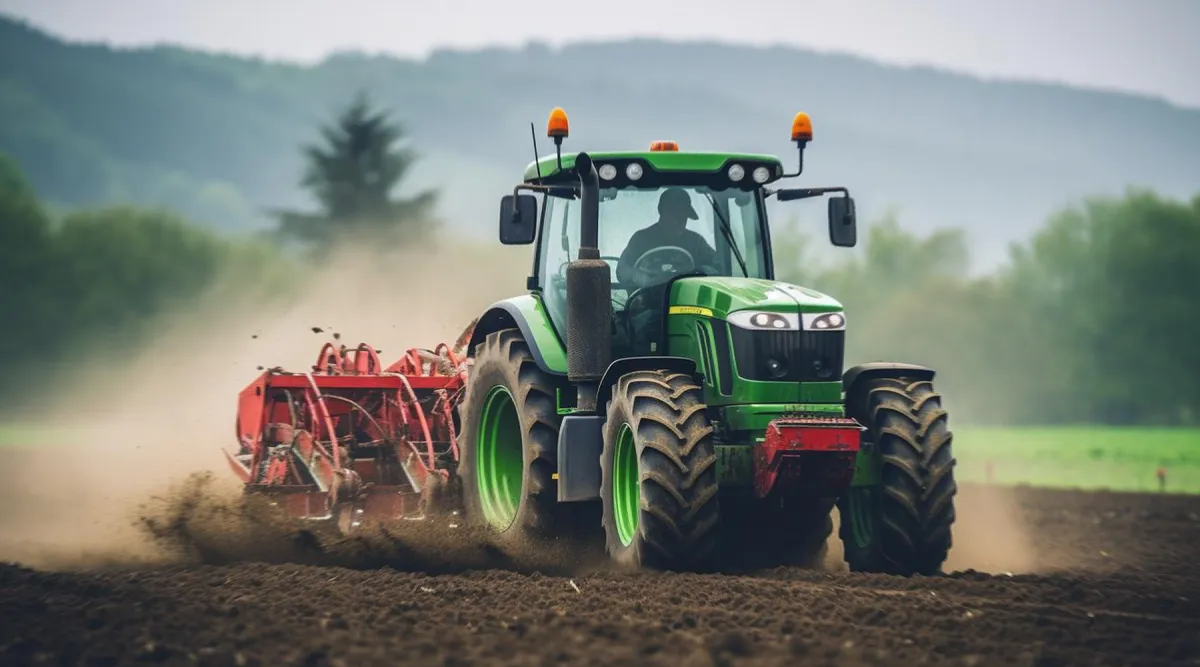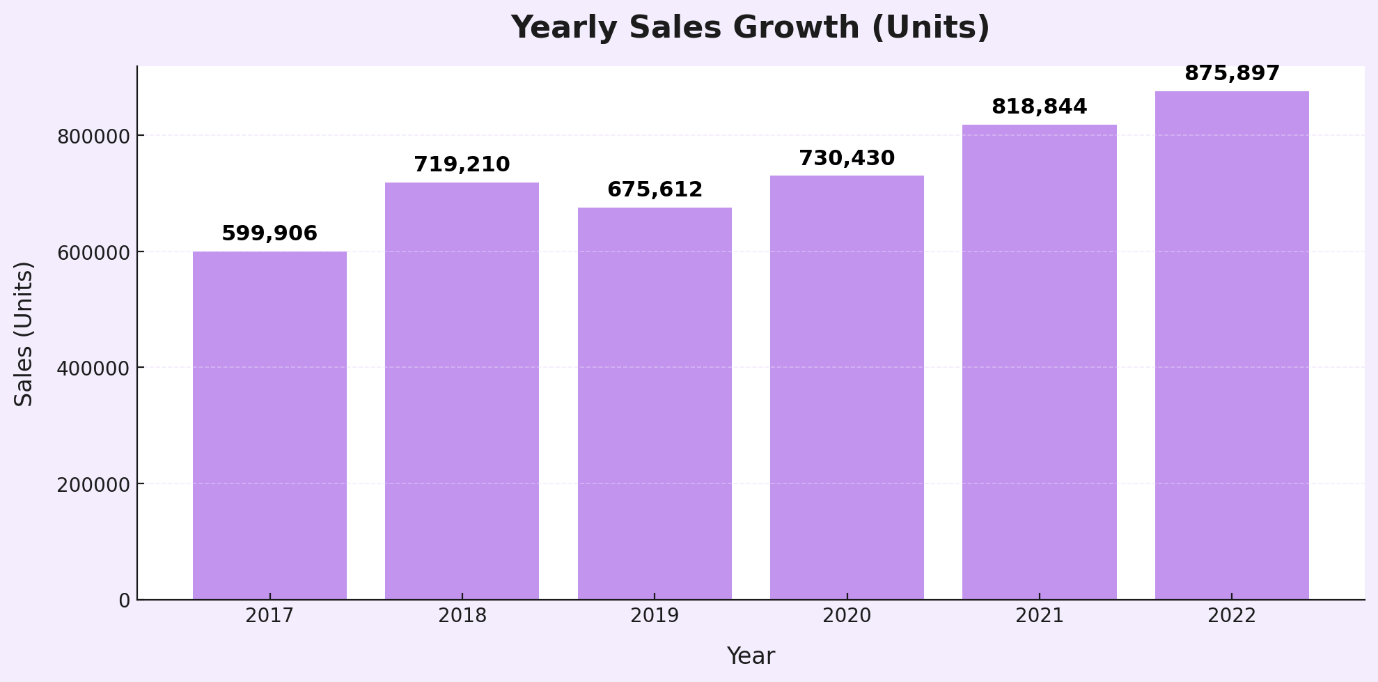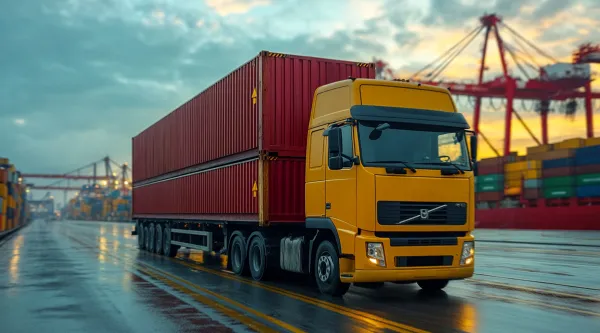What is the Role of Tractor in Transforming India’s Rural Economic Development?

Rural economic development in India is evolving rapidly, with tractor sales pivotal in this transformation. These machines are not just tools for ploughing fields, they have become catalysts for growth, innovation, and sustainability in India's agrarian economy. This article explores how tractors are reshaping rural India, focusing on their impact on productivity, entrepreneurship, and sustainability.
Boosting Agricultural Productivity
Tractors are revolutionizing Indian agriculture by enabling mechanization at scale. Only 4.6% of Indian farmers own tractors, highlighting a vast growth potential as most rely on rentals or manual labour.
Farming, traditionally reliant on manual labour and bullock carts, has become more efficient with advanced implements like ploughs, seeders, and harvesters. Farmers in Punjab and Haryana, report a 30% increase in crop yields and a 40% reduction in labour costs with modern tractors.
Tractors also allow for multi-cropping practices in states like Madhya Pradesh, significantly boosting profitability. While increasing adoption in regions like the Northeast, where tractor use remains low (15% compared to 70% in Punjab), overall agriculture productivity is anticipated to grow further.

Globally, India’s production of over 900,000 tractors annually positions it as the largest producer, catering primarily to small and medium scale farming a stark contrast to China and Brazil, where large-scale farming dominates.
Creating Rural Entrepreneurship
Tractors are creating new opportunities for rural entrepreneurs with majority of farmers using a rental model, providing "tractor-as-a-service" to smaller landholders. This model has flourished in Uttar Pradesh and Bihar, where small and marginal farmers comprise the majority.
Additionally, in January 2022, the Tamil Nadu government introduced the e-Vadagai app for farmers to rent farm equipment, along with a subsidy of INR 50.73 crore for 2,118 machines and in April 2020 Uttar Pradesh government introduced TAFE's JFarm which offered 3,000 tractors for free rental (90 days) during COVID-19 further expanding India tractor market.
Tractors are widely employed in transportation and logistics in addition to farming. Over 30% of tractor usage today is for non-farm activities, mainly construction and transportation. In Maharashtra and Odisha, tractors connect remote villages to markets, this diversification bolsters rural economies and enhances the rural-urban supply chain.
Advancing Sustainability and Empowerment
Modern tractors equipped with precision technologies are helping Indian farmers optimize inputs like water, fertilizers, and pesticides, reducing costs and environmental impact. GPS-enabled tractors are particularly popular in Gujarat and Tamil Nadu, where farmers leverage technology to maximize productivity.
Additionally, in India, where small and marginal farmers make up over 85% of the farming community, precision agriculture could be transformative, with the National Bank for Agriculture and Rural Development (NABARD) estimating productivity increases of 20-25% and water use reduction by nearly 30%.
Tractors also plays a crucial role in empowerment of women in agriculture. In 2011-12, the National Sample Survey (NSS) found that approximately 30% of women in India work as agricultural labourers. The "Livelihood through Farm Mechanisation" program trained 720 people, including 232 women, at three locations, all these women were the first in their families to drive tractors.
India’s tractor market growth is more than a marker of rising mechanization, they are cornerstone of India’s rural economic transformation. By improving productivity, creating entrepreneurship, and advancing sustainability, tractors are reshaping the lives of millions. India’s unique focus on small and medium-scale farming unlike the large-scale approaches of China and Brazil ensures its tractor industry remains a key driver of progress. For policymakers and stakeholders, tractors represent tools of empowerment and engines of growth for rural India.


